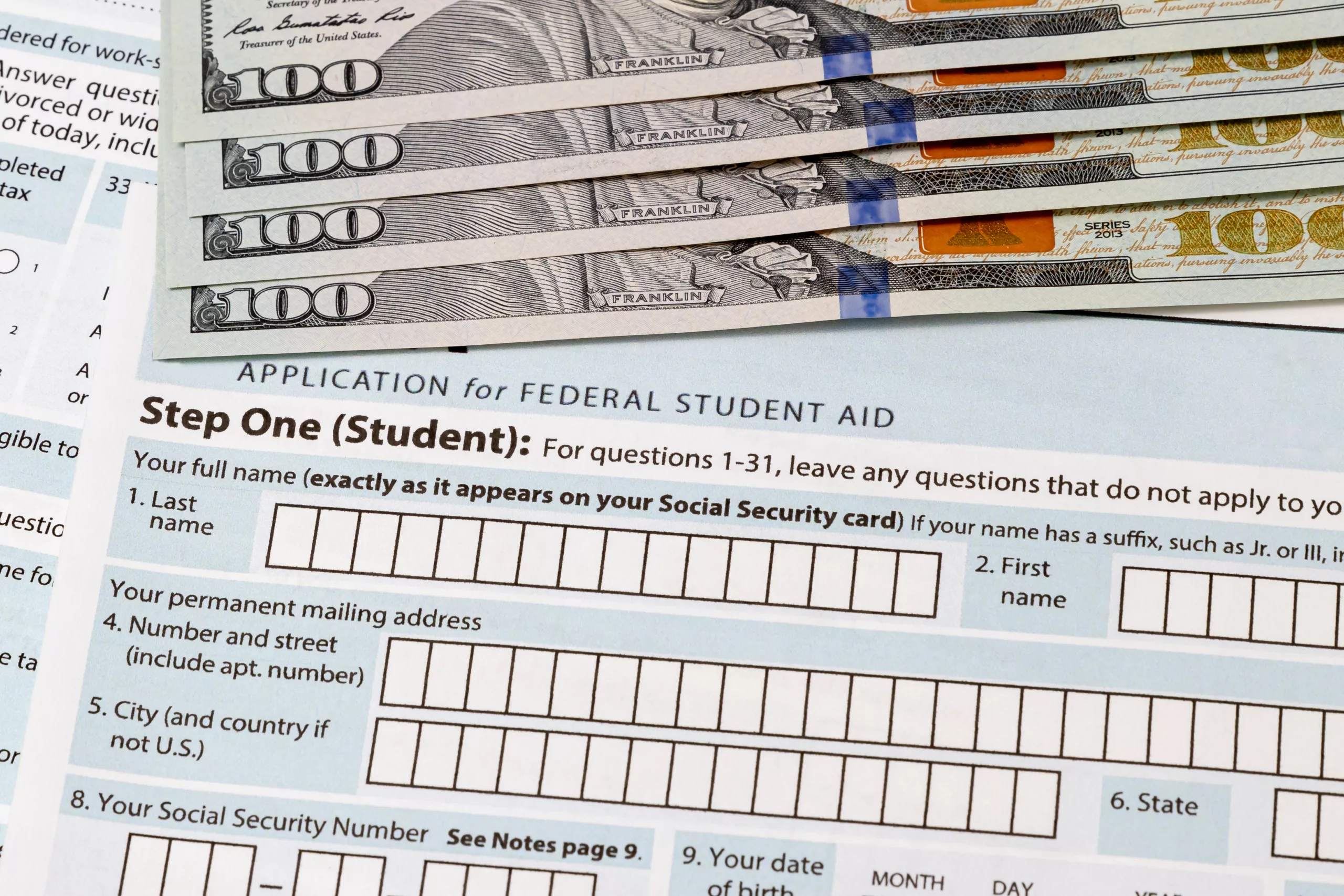
College is expensive. If you need financial help to attend the college of your dreams, hunting for money may have become a second job.
Scholarships and loans are all part of the process. Yet depending on your current situation, you might qualify for a Pell Grant.
Federal Pell Grants are given to undergraduates with financial needs. It’s a major funding source for many college students, but you will have to apply to ensure you don’t miss out.
What is a Pell Grant?
The federal government and the US Department of Education offer Pell Grants as an aid for income-qualifying students. This grant is awarded based on financial need and requires a student to remain active with at least three credits per semester.
Your current enrollment status and family contribution determine how much you receive. Students with full-time status will receive the maximum financial assistance, with financial support calculated on a sliding scale depending on how many credits they’re taking.
Even though Pell Grants are a federal program, the award will be granted through one of more than 5,400 participating colleges and universities. Each school is allotted money to distribute to eligible incoming students, and it’s only used for undergraduate programs, not graduate or higher education.
How to apply for a Pell Grant
Luckily, the federal government has made applying for a Pell Grant easy. Instead of having a separate application form for each type of student aid, it’s all rolled up into one application process known as FAFSA (Federal Application for Financial Student Aid.) Once your application is submitted, you’ll be assessed to see if you meet the income guidelines and receive the award depending on which school you select.
While FAFSA can be challenging to fill out, it’s worth the time to ensure you fill it out correctly, as it’s your only gateway to funding from Pell Grants and other opportunities.
How Family Contribution is applied
The Pell Grant is awarded based on two criteria: enrollment status and family contribution. FAFSA will use the submitted information to calculate your EFC – Expected Financial Contribution. This is an index number the office of financial assistance uses to determine the award amount you’ll be given.
It’s calculated by assessing your family’s taxed and untaxed income, assets, and benefits, such as unemployment, among other things. They also use demographics such as family size and how many will be attending college during the year.
It does not look at how much you’ll be paying for tuition or the amount of federal aid you’re receiving. It’s simply a number used to determine if you qualify and how much will be awarded if you qualify.
According to the National College Attainment Network (NCAN), more than $3.6 billion in Pell Grants went unclaimed in 2022. That works out to about 47 percent of all undergraduates who would have been eligible for a Pell Grant in 2022 who did not fill out FAFSA sufficiently to be awarded Pell Grant money.
Deadline to apply for Pell Grants
You can’t get what you don’t apply for. If you’re planning on going to a college or university in the fall, it’s important to make filling out the FAFSA a part of that process.
To apply for the Pell Grant for the upcoming academic year, you must submit the FAFSA application by June 30th to meet the deadline. Yet there are reasons why you’ll want to get your application in even earlier.
Some states and schools have additional programs funded and ready to be awarded. But to qualify for them, you have to meet their specific requirements, which often include their own deadlines. You can check here or with your individual state or school.
How you’ll receive your Pell Grant
Once you’re accepted into a college or university, they will send out a financial aid award package based on the information you submitted through FAFSA. This letter will alert you to any Pell Grants you’ve received.
Once classes begin, the Pell Grant will be awarded. They will either pay you directly or disburse the funds for tuition, room and board, or other fees. You will receive the difference if any funding is left after this disbursement.
If the Pell Grant doesn’t cover full tuition, you’ll still have other options. FAFSA can alert you to other distributions that may come your way. You can explore other financial aid programs like federal student loans. You can do a thorough search for scholarships you may be eligible for. You can ask about work-study programs supported at your local college or university.
You have many resources available to ensure your higher education success. If you’re still in high school, check with your counselors, who should support you in your pursuit of eligibility and funding. All college campuses also have financial services departments that can offer a wealth of information as you pursue various offers.
Figuring out how to pay for higher education can take time and effort. But with a bit of foresight and planning, you can reap the rewards.

